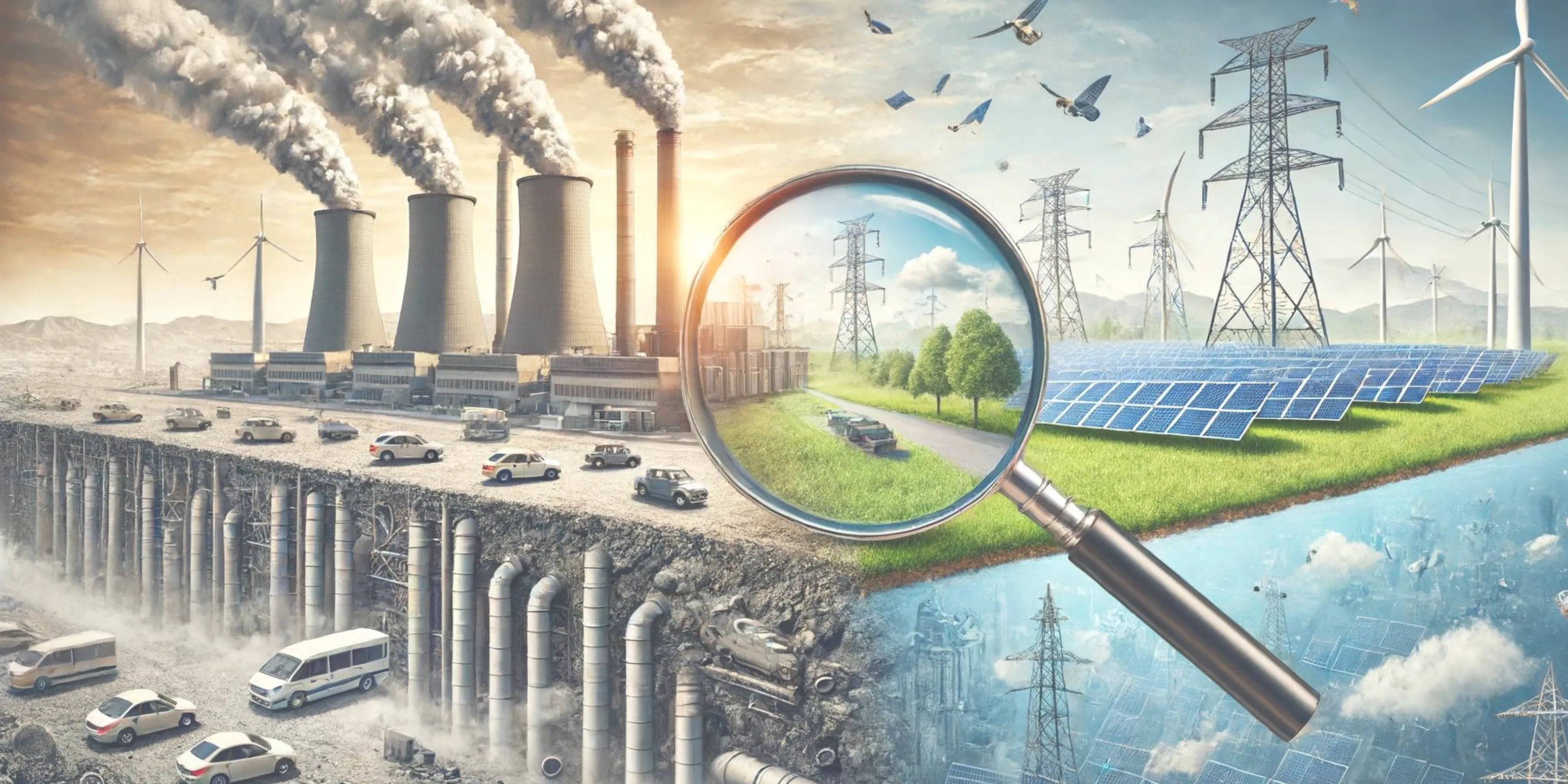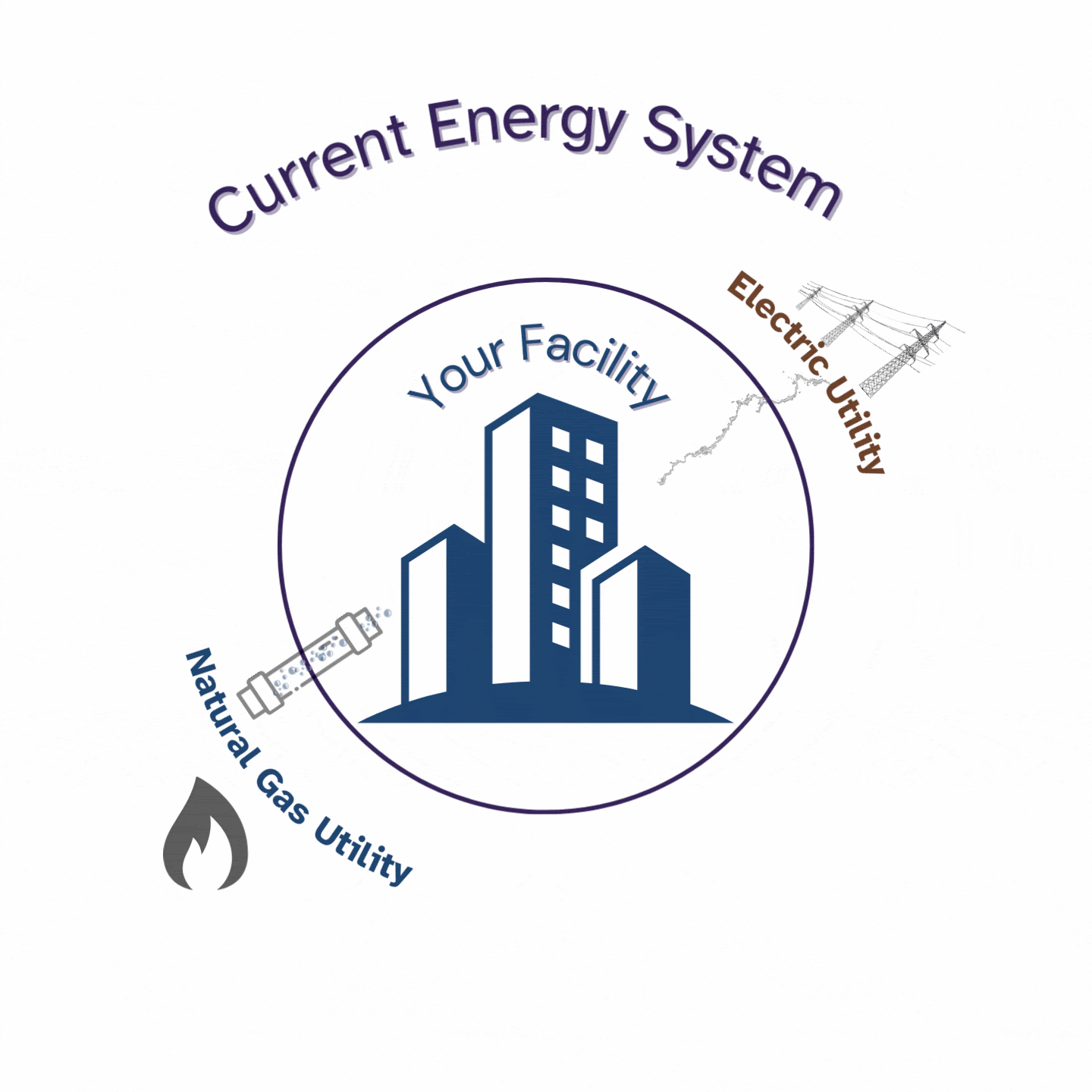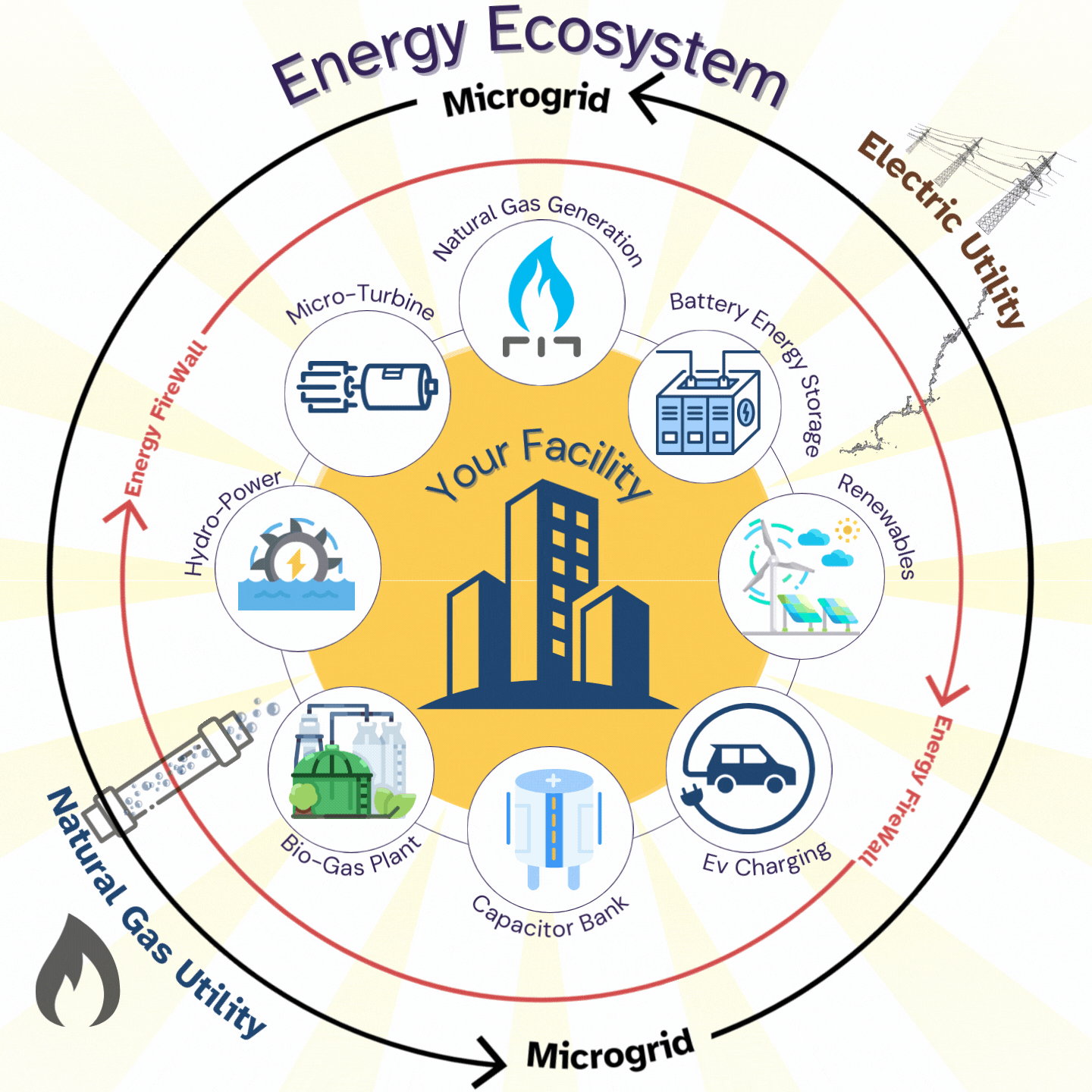
Energy EcoSystem
Solential’s Energy EcoSystem creates interconnected systems that integrate diverse energy sources—including solar, storage, alternate fuels, and microgrids—to deliver adaptable, resilient power solutions. By managing generation, storage, and distribution holistically, we ensure clients achieve their sustainability goals while maintaining operational continuity and energy independence.
The future of energy distribution will utilize an Energy EcoSystem to enhance resiliency and reliability through the use of microgrids. The microgrid will operate independently and/or alongside the main grid, integrating renewable energy sources and storage systems for stable power supply. The implementation of an energy firewall within these systems protects against cyber-attacks and isolate disruptions to prevent broader grid impacts. This approach ensures a secure, adaptable, and resilient Energy EcoSystem.

